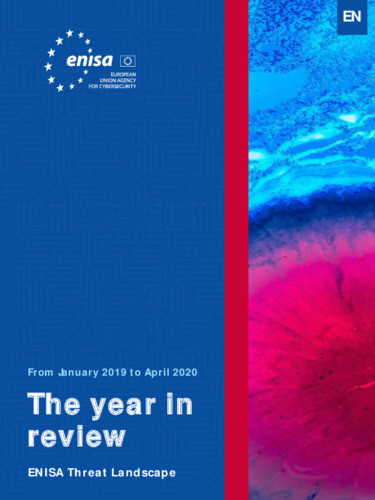- Home >
- Services >
- Access to Knowledge >
- Trend Monitor >
- Source of threat >
- Trend snippet: EU citizens' awareness of the risks and challenges of cyber space
Trends in Security Information
The HSD Trendmonitor is designed to provide access to relevant content on various subjects in the safety and security domain, to identify relevant developments and to connect knowledge and organisations. The safety and security domain encompasses a vast number of subjects. Four relevant taxonomies (type of threat or opportunity, victim, source of threat and domain of application) have been constructed in order to visualize all of these subjects. The taxonomies and related category descriptions have been carefully composed according to other taxonomies, European and international standards and our own expertise.
In order to identify safety and security related trends, relevant reports and HSD news articles are continuously scanned, analysed and classified by hand according to the four taxonomies. This results in a wide array of observations, which we call ‘Trend Snippets’. Multiple Trend Snippets combined can provide insights into safety and security trends. The size of the circles shows the relative weight of the topic, the filters can be used to further select the most relevant content for you. If you have an addition, question or remark, drop us a line at info@securitydelta.nl.
visible on larger screens only
Please expand your browser window.
Or enjoy this interactive application on your desktop or laptop.
EU citizens' awareness of the risks and challenges of cyber space
European Commission prepared a special Eurobarometer survey in 2019 with the aim of understanding EU citizens’ awareness, experiences and perceptions of cybersecurity. The results of this survey show that Internet use in Europe continues to grow, particularly via smartphones, and citizens are more aware of the potential dangers when going online. According to the survey’s findings, concerns about online privacy and security have already led more than 9 in 10 Internet users to change their online behaviour – most often by not opening e-mails from unknown people, installing antivirus software, visiting only known and trusted websites and using only their own computers. While these results are quite encouraging, many users still fall into online fraud and e-mail phishing baits. This reveals that malicious actors are using sophisticated attacks that are harder to detect and avoid. Hence, mitigation strategies have to be updated regularly to accommodate the latest available intelligence (CTI) on attack techniques.




